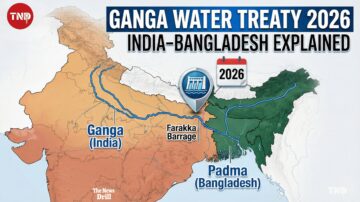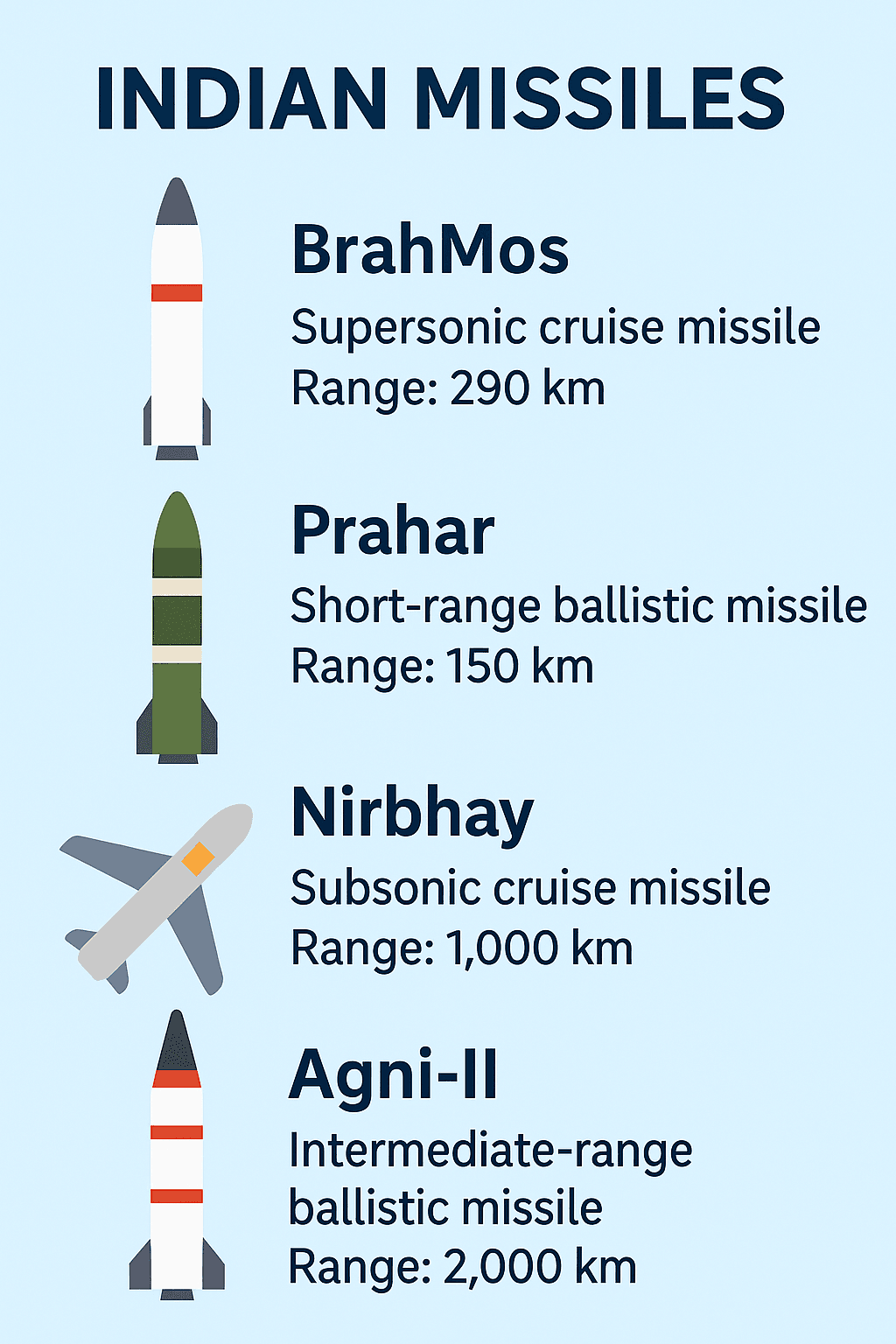What is the G7?
The Group of Seven (G7) is an informal coalition of the world’s leading advanced economies: Canada, France, Germany, Italy, Japan, the UK, the US, plus the European Union as a participant. Since its inception in the 1970s, the G7 has evolved into a strategic venue for dialogue on global economic stability, security, climate change, and technological leadership.
Summit Snapshot: June 16–17, 2025 — Kananaskis, Alberta
- This 51st G7 Summit, hosted by Canada’s PM Mark Carney, marks a milestone event under challenging global conditions.
- Major agenda priorities:
- Energy security & critical minerals
- Digital transformation: AI, cybersecurity, frontier tech
- Infrastructure finance through the Partnership for Global Infrastructure and Investment (PGII)
- Security crises: wars in Ukraine and Middle East tensions
India at the G7: Rising Global Voice
India, the world’s fifth-largest economy, was invited as a strategic Outreach guest—for the 6th consecutive year—recognizing its growing geopolitical weight.
Why Invite India?
- Balancing G7 with Global South perspectives amid shifts like BRICS momentum.
- Canada, backed by G6, sees strategic merit in India’s participation despite diplomatic tension over the Nijjar case.
Modi’s Agenda at Kananaskis
1. Trade & Infrastructure Deals
India–UK FTA negotiations reinforced during bilateral meetings, accelerating toward conclusion.
Engagement with PGII signals India’s bid to position itself as an infrastructure funding hub for the Global South.
2. Energy, Minerals & Tech
India stressed supply chain diversification for critical minerals, clean energy affordability, and grid resilience.
On frontier technologies, India called for unified AI, quantum, and cybersecurity standards.
3. Geopolitical & Security Agenda
Joined global leaders in backing Ukraine amidst Trump’s absence and Middle East tensions.
Bilateral diplomacy focused on resolving Canada–India tensions and strengthening relations with the UK, US, and other democracies.
Strategic Implications for India
Diplomatic Gains
Elevated presence in democratic multilateral forums, reinforcing India’s move from regional to global influencer.
Canada’s outreach to India, despite community backlash and judicial complexities, shows diplomatic resilience.
Economic & Trade Impact
Boosts India’s FTA ambitions (UK, possibly others) and strengthens its footing in critical-minerals supply chains.
Opens doors to enhanced PGII investment in India-led projects, competing with China’s BRI.
Security & Tech Cooperation
Forging cybersecurity and defense collaborations, especially in AI regulation, responding to digital warfare threats.
Strengthens collective resilience to conflicts, climate disruptions, and techno-security challenges.
Risks & Trade-offs
- India must balance economic diplomacy with rights-based pressure from Canada’s Sikh diaspora.
- Rising US protectionism under Trump’s framework makes trade-rigor margins uncertain.
- G7 declarations may fall short of delivering actionable results. Some commitments remain at the discussion level.
The Takeaway: A Strategic Leap for India
Modi’s participation in the Kananaskis G7 Summit marks a deliberate shift in India’s global trajectory. This platform empowers India to shape policy dialogues, unlock new trade avenues, and build resilience against geopolitical turbulence. Success will hinge on translating summit momentum into enduring agreements, particularly in infrastructure, trade, and tech diplomacy.















